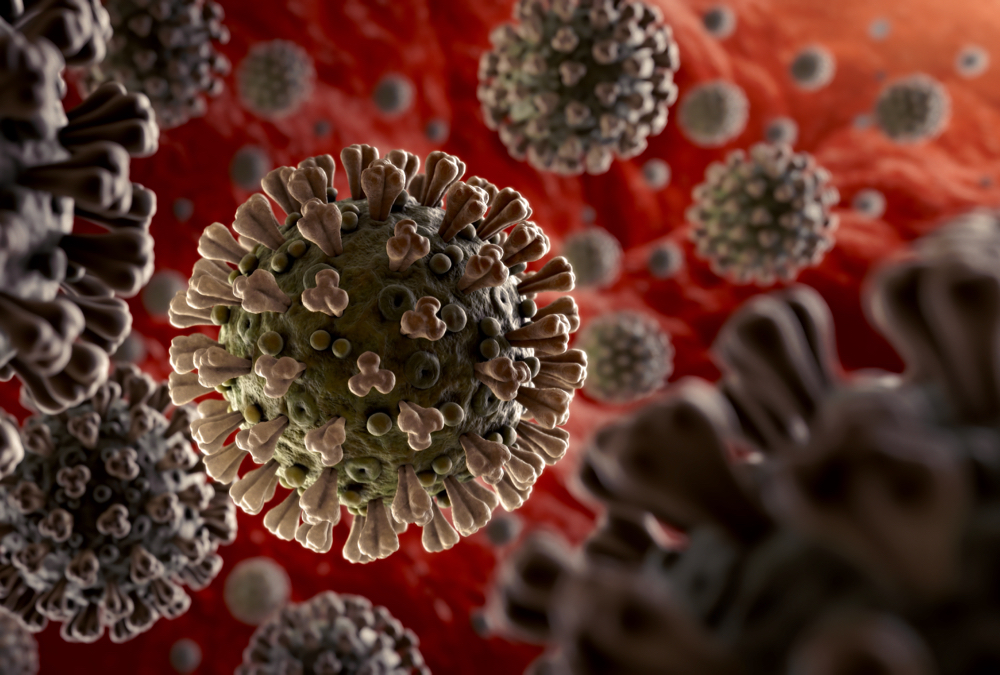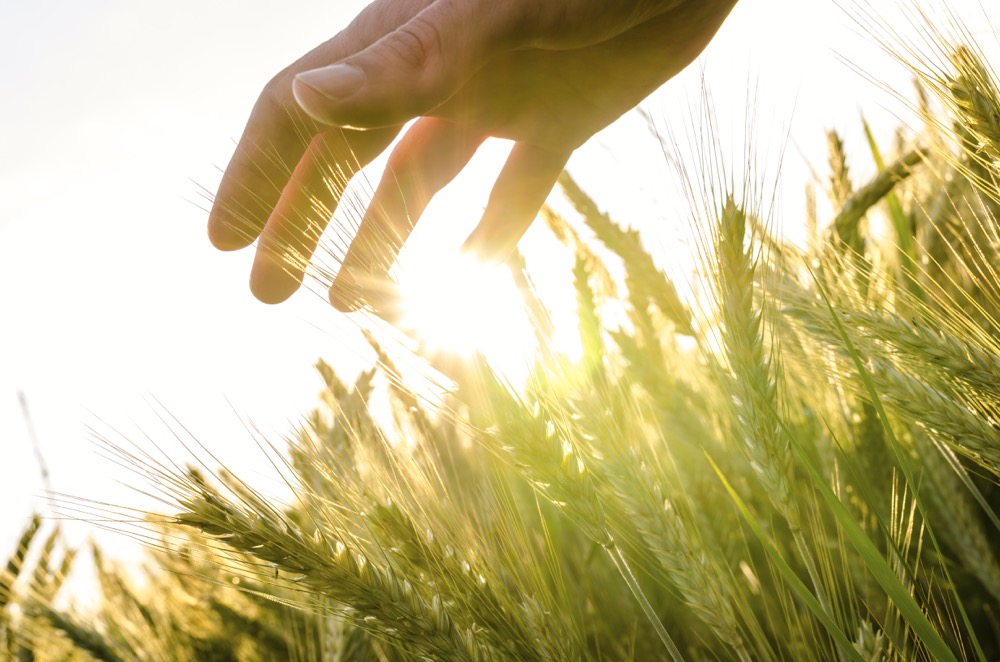When I called my local fertilizer supplier to let them know I would be growing canola instead of soybeans on a section east of my house, they were unsure if they’d be able to accommodate my revised order.
Since the COVID-19 pandemic began, and deaths started to be reported, a news cycle that was already ravenous and insatiable became even more so. Every day or, it seems, every hour new articles, infographics and videos related to the spread and impact of COVID-19 are released.
Read Also

Gentle treatments for pain in the neck
Heading toward year-end, people unknowingly tense up against the cold and busyness, causing neck pain that can often be treated with appropriate support and gentle mobility, athletic therapist Kathlyn Hossack says.
It’s a lot of stimuli to process, by any measure, but all of it does require processing. To not take things seriously and hold everything that comes at us under the banner of “information” to a set of accountability standards is to shirk a responsibility we all have in a crowded media space where individual players are fighting for our attention and our money using nothing more than weak and public analytics on what motivates our particular generation.
In March, Facebook’s fact checkers identified about 40 million posts containing false information on its platforms. This is a phenomenal number of posts. “On Facebook and Instagram, we’ve now directed more than 2 billion people to authoritative health resources via our Covid-19 Information Center and educational pop-ups, with more than 350 million people clicking through to learn more,” said Facebook CEO Mark Zuckerberg.
“We’re also continuing our efforts to reduce misinformation. Since the beginning of March, we’ve expanded our fact-checking coverage to more than a dozen new countries and now work with over 60 fact-checking organizations that review content in more than 50 languages. If a piece of content contains harmful misinformation that could lead to imminent physical harm, then we’ll take it down. We’ve taken down hundreds of thousands of pieces of misinformation related to Covid-19, including theories like drinking bleach cures the virus or that physical distancing is ineffective at preventing the disease from spreading.”
Throughout this pandemic, I have clung to the belief that our health experts should be trusted and their directives followed. This strict adherence to what I have deemed a credible source, however, puts me in a tribe, apparently. Information has become just that: tribal. There is enough information out there for everyone to only read the stuff that says what he or she wants to read.
Without a foundation from which to think differently about the information presented to us, people start to lose faith in media altogether, believing that outlets just say whatever they want and whatever people want to hear. This attitude is terrifying, but it exists.
Fear in the air
We need to take seriously how we digest information. In the ag world, I have been asked on many occasions how I think COVID-19 will impact the sector. I’m 40 and have only been back on the farm for eight years, so I have not endured tough times to the same magnitude others have. But I do know that, strategically, amid a crisis that is affecting a lot of people far worse than me, it is not wise to ask for additional government support that should and will clearly go elsewhere.
There is fear in the air. Farmers are distributing damning videos from sources that don’t even call themselves news and treating those as the gospel truth. I’ve heard comments that allege the major news outlets are keeping the truth from people and that some of these rogue information outlets are the only ones courageous enough to say what needs to be said.
I cannot emphasize enough the difference between recognizing that certain media outlets have a bias or slant, and determining whether or not that same outlet is credible. These are not the same considerations. Bias should be assumed and isn’t a huge accusation to level against any group, but to call them liars and instead defer to a post on Facebook is something different altogether.
What makes us trust a Chinese conspiracy video made by a no-name “news” outlet over experts? The Salem witch trials, McCarthyism and many other moments in history should come to mind.
When I told people I may not have access to fertilizer this spring, some were quick to reach the conclusion that, see, things are not going to be okay for farmers.
But, I was able to revise my order. The person I was dealing with just wasn’t sure and had to check. She checked and not only were they able to satisfy my order, they were also certain they’d be able to apply my fertilizer in a timely manner this spring.















